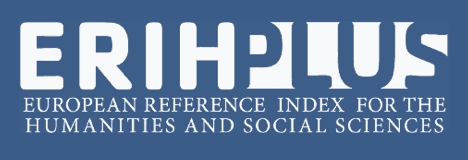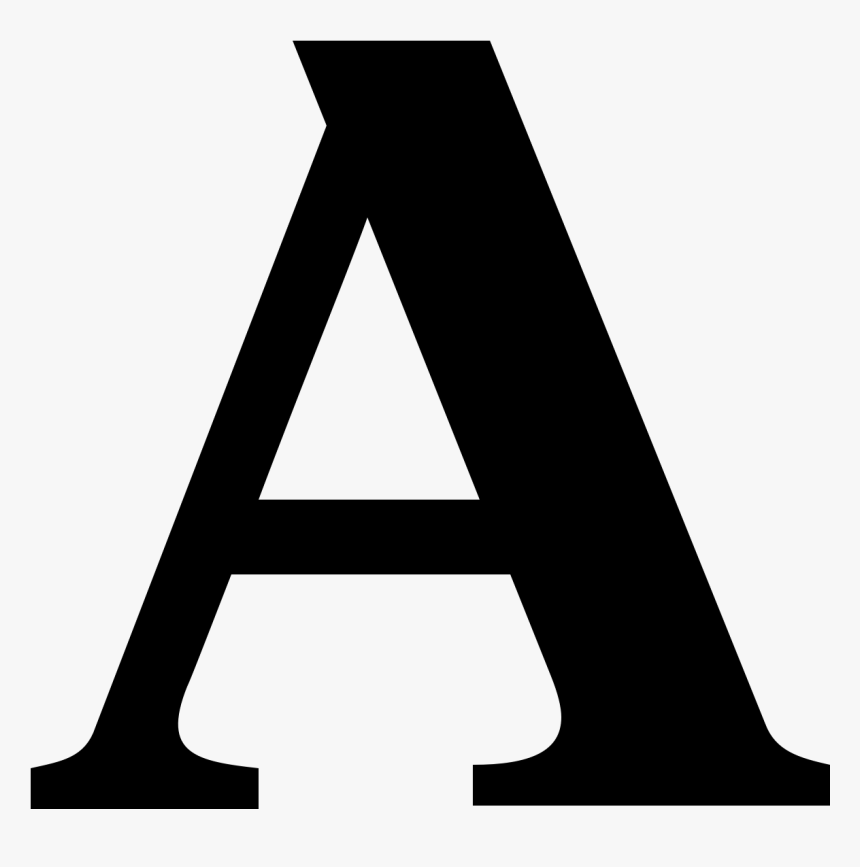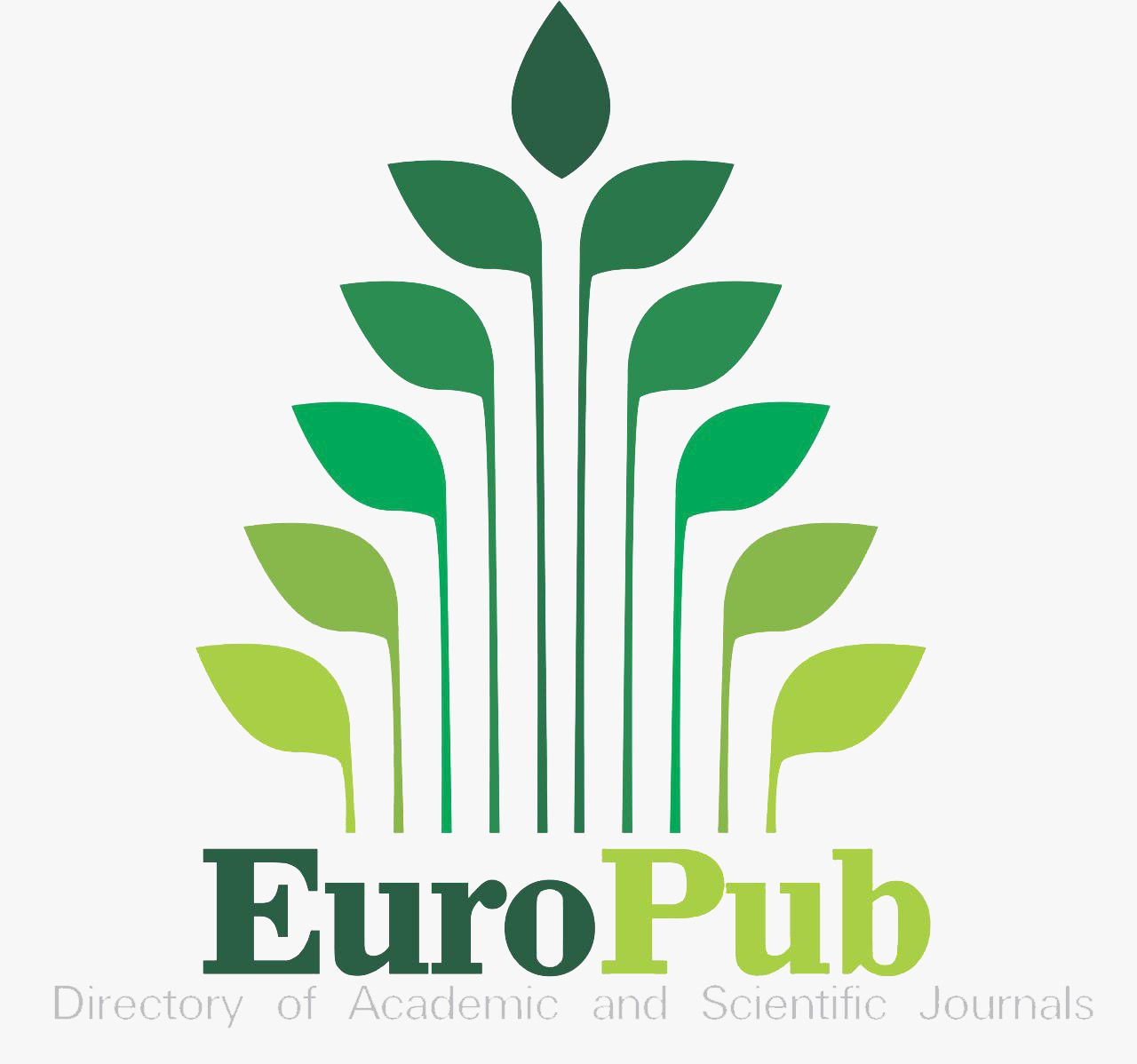Relationship Between Self-Esteem, Self- Efficacy and Learning Disabilities Among Primary School Children of District Haripur
Abstract
Children with learning disabilities have to surface many difficulties regarding their self-evaluation, believe on their capabilities and academic adjustment. Therefore, the aim of study was to identify the prevalence of learning disabilities and relationship of learning disabilities with self-efficacy and self-esteem among primary school students. The sample included 200 female primary school students with age range 6-13 years. Data was collected by using purposive sampling technique, from different public sector primary schools of district Haripur. Learning Disabilities Checklist (Ashraf & Najam, 2014), Coopersmith Self-esteem Inventory (Coopersmith, 1967) and Self-efficacy in Peer Interaction (Wheeler & Ladd, 1982) were used in the present study. Reliability analysis, Correlation, t-test, and one way ANOVA were used in order to test relationship between variables. Cronbach’s alpha reliability indicated that Learning Disabilities Checklist is valid screening tool of assessing learning disabilities among girls. Findings indicated that out of 200 students, 73 were identified with learning disabilities while 40 were at risk for developing learning disabilities in future. Results also confirm a significant negative relationship between learning disabilities and self-esteem and also between learning disabilities and self-efficacy

This work is licensed under a Creative Commons Attribution-NonCommercial 4.0 International License.













.jpg)








